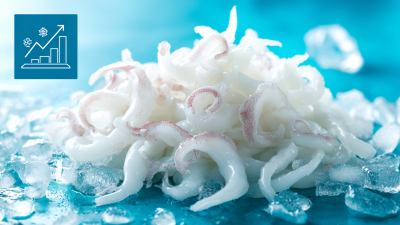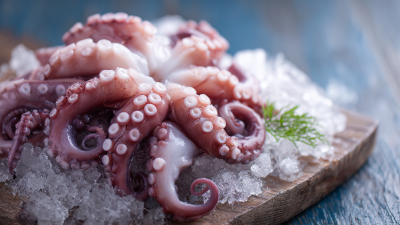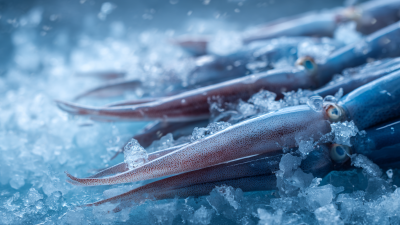When it comes to seafood, few ingredients rival the versatility and flavor of Fresh Frozen Squid. According to the National Oceanic and Atmospheric Administration (NOAA), squid consumption in the United States has seen a steady increase, with 2021 data indicating a 33% rise compared to previous years. This surge is attributed to growing consumer interest in sustainable, protein-rich options that are easy to prepare. However, selecting the best Fresh Frozen Squid for culinary applications requires careful consideration of several factors, including freshness, size, and sourcing. By understanding these key elements, home cooks and professional chefs alike can elevate their dishes while ensuring quality and sustainability. Whether you are crafting traditional Mediterranean calamari or innovative Asian-inspired dishes, making informed choices about your Fresh Frozen Squid can significantly enhance your culinary experience.
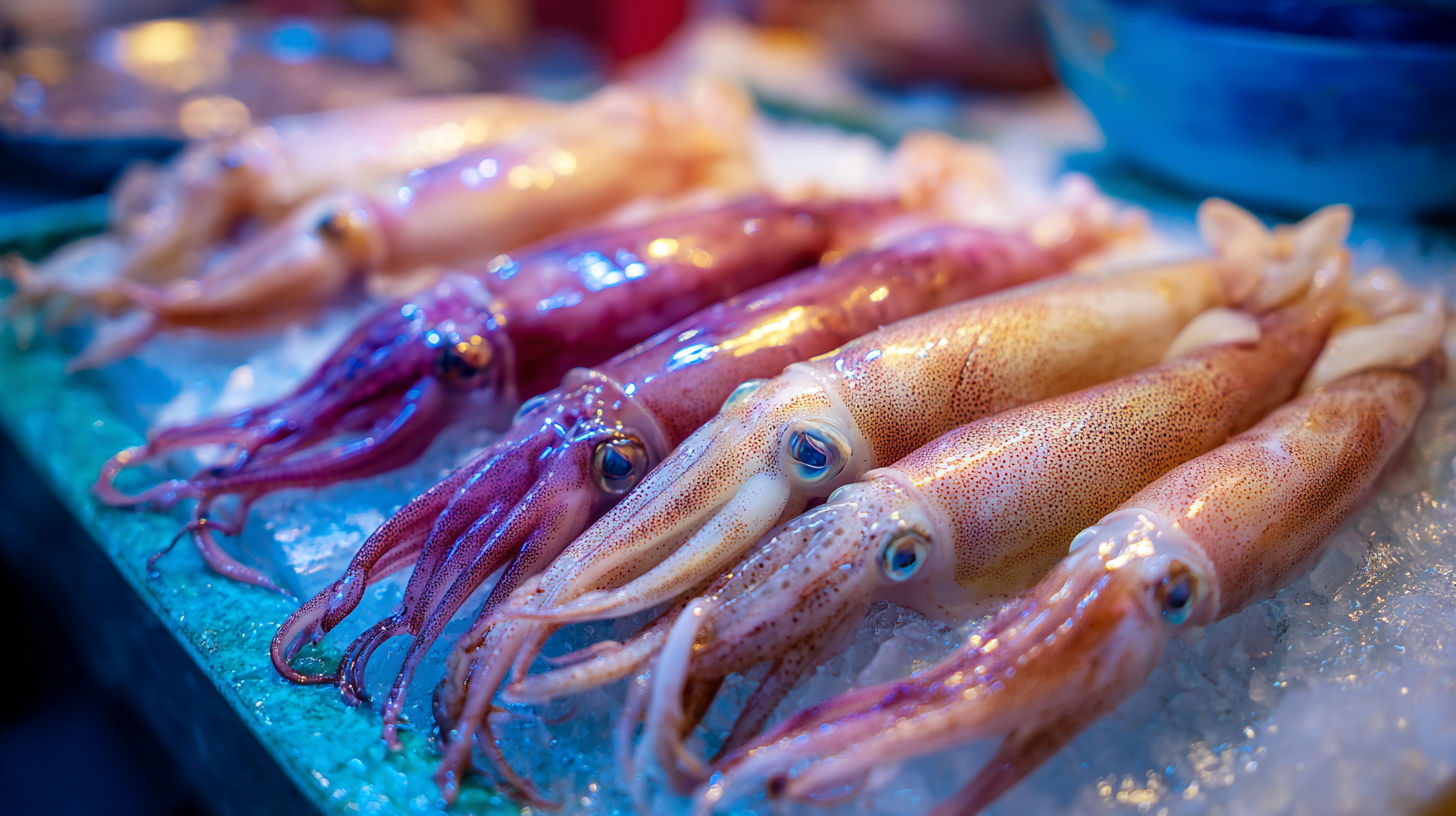
When selecting fresh frozen squid for your culinary needs, several key factors should be taken into consideration to ensure you are making the best choice. First and foremost, freshness is critical. According to the National Fisheries Institute, high-quality frozen squid should be processed within hours of being caught, ideally flash-frozen at sea to lock in flavor and texture. Look for products that indicate their freezing method on the packaging, as this can significantly affect the squid's quality and taste once cooked.
Next, the size and species of squid can also influence your cooking outcomes. For instance, smaller squid, such as baby squid or calamari, are generally more tender and suited for quick cooking methods like grilling or frying, while larger squid species provide more meat and can be stuffed or used in stews. The Food and Agriculture Organization notes that the global demand for squid has grown by 4% annually, emphasizing the importance of understanding the difference in culinary uses based on species. Always seek reputable suppliers who provide clear information about their products, ensuring you select the right squid for your specific recipes and preferences.
This chart illustrates the importance of various factors to consider when selecting fresh frozen squid for culinary needs. Quality and freshness are rated the highest, while sustainability is considered less important in this context.
When it comes to purchasing high-quality fresh frozen squid, sourcing from reputable suppliers is crucial. Look for vendors who specialize in seafood, as they typically have a better understanding of quality standards. Local fish markets often provide fresher options and allow you to ask about their sourcing practices. Online seafood retailers may also be a good choice, but ensure they have positive reviews and a transparent supply chain.
Tips: When buying fresh frozen squid, examine the packaging for any signs of freezer burn or damage. High-quality squid should be well-packaged and maintained at a consistent temperature. Consider asking the seller about the squid’s origin; those sourced from clean waters tend to have a better texture and flavor. Additionally, inquiring about the catch method can provide insight into its quality and sustainability.
Another great source to consider is specialty grocery stores that focus on international foods. These stores often have a dedicated seafood section where you can find a variety of frozen squid products, including rings and whole squid. Be sure to compare prices and product descriptions to select the best options for your culinary needs.
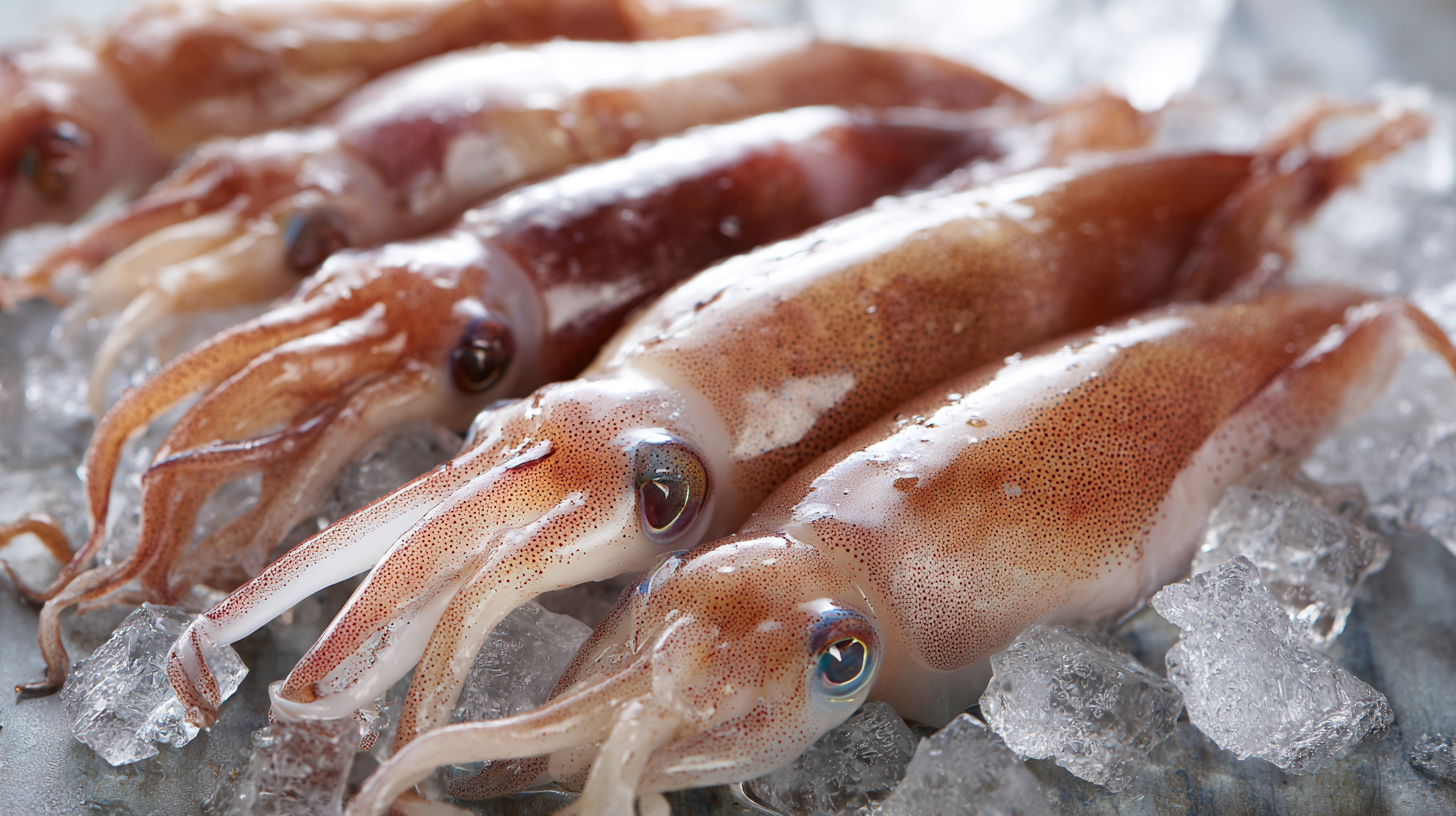
When inspecting fresh frozen squid for quality and freshness, start by examining its packaging. Ensure that the vacuum seal is intact, as any damage might allow air in, leading to freezer burn. Look for any signs of frost or ice buildup inside the package, which can indicate that the squid has been thawed and refrozen, compromising its texture and flavor.
Next, once you've opened the package, check the squid itself. Fresh frozen squid should have a bright color, typically ranging from pale pink to off-white. Avoid any squid that appears discolored or has developed dark spots, as these could be signs of spoilage. Additionally, give the squid a slight squeeze; it should feel firm and elastic rather than mushy. Pay attention to the smell as well—it should have a clean, briny scent reminiscent of the ocean, rather than a strong or sour odor, which can indicate that the squid is no longer fresh.
When it comes to preparing fresh frozen squid, proper thawing and preparation are crucial for achieving the best flavor and texture. The first step is to thaw the squid correctly. One effective method is to transfer the squid from the freezer to the refrigerator and allow it to thaw overnight. This gradual thawing process helps maintain the squid’s firmness and prevents any unwanted texture changes. If you're short on time, you can place the squid in a sealed plastic bag and submerge it in cold water for about an hour, changing the water every 30 minutes.
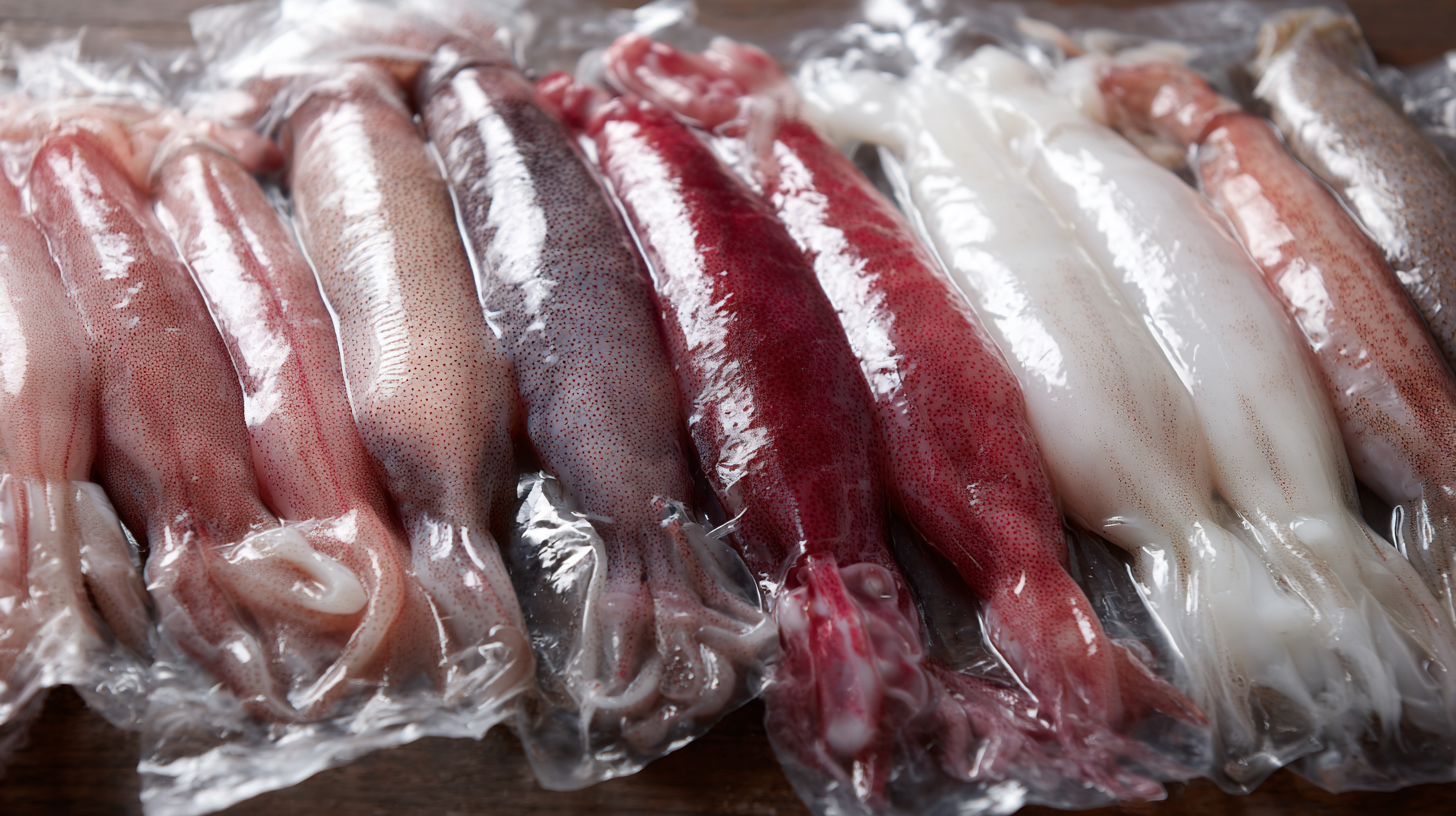
Once thawed, it's essential to prepare the squid properly to enhance its taste and visual appeal. First, rinse the squid under cold water to remove any remaining ice crystals and debris. For optimal flavor, marinate the squid for at least 30 minutes before cooking; a simple mixture of olive oil, lemon juice, garlic, and herbs works wonderfully. When cooking, avoid overcooking the squid to maintain its tenderness; a quick sauté or grill will do just fine. Following these tips will ensure you enjoy delicious squid dishes that highlight the unique flavors of this seafood.
When it comes to elevating the flavor of fresh frozen squid, selecting the right cooking technique is crucial. One popular method is grilling, which imparts a smoky flavor while keeping the squid tender. Simply marinate the squid in a mixture of olive oil, garlic, and herbs for about 30 minutes before grilling. This not only enhances the taste but also helps in achieving that perfect char.
Another effective cooking technique is sautéing. This method allows the squid to cook quickly, preventing it from becoming rubbery. A quick sauté in a hot pan with butter, lemon juice, and fresh herbs can bring out the natural sweetness of the squid.
**Tips:** Always thaw the squid completely before cooking to ensure even cooking. Also, avoid overcooking; squid typically only needs about 2-3 minutes on high heat. Lastly, consider pairing your dish with complementary flavors like chili or citrus to brighten up the overall taste.
